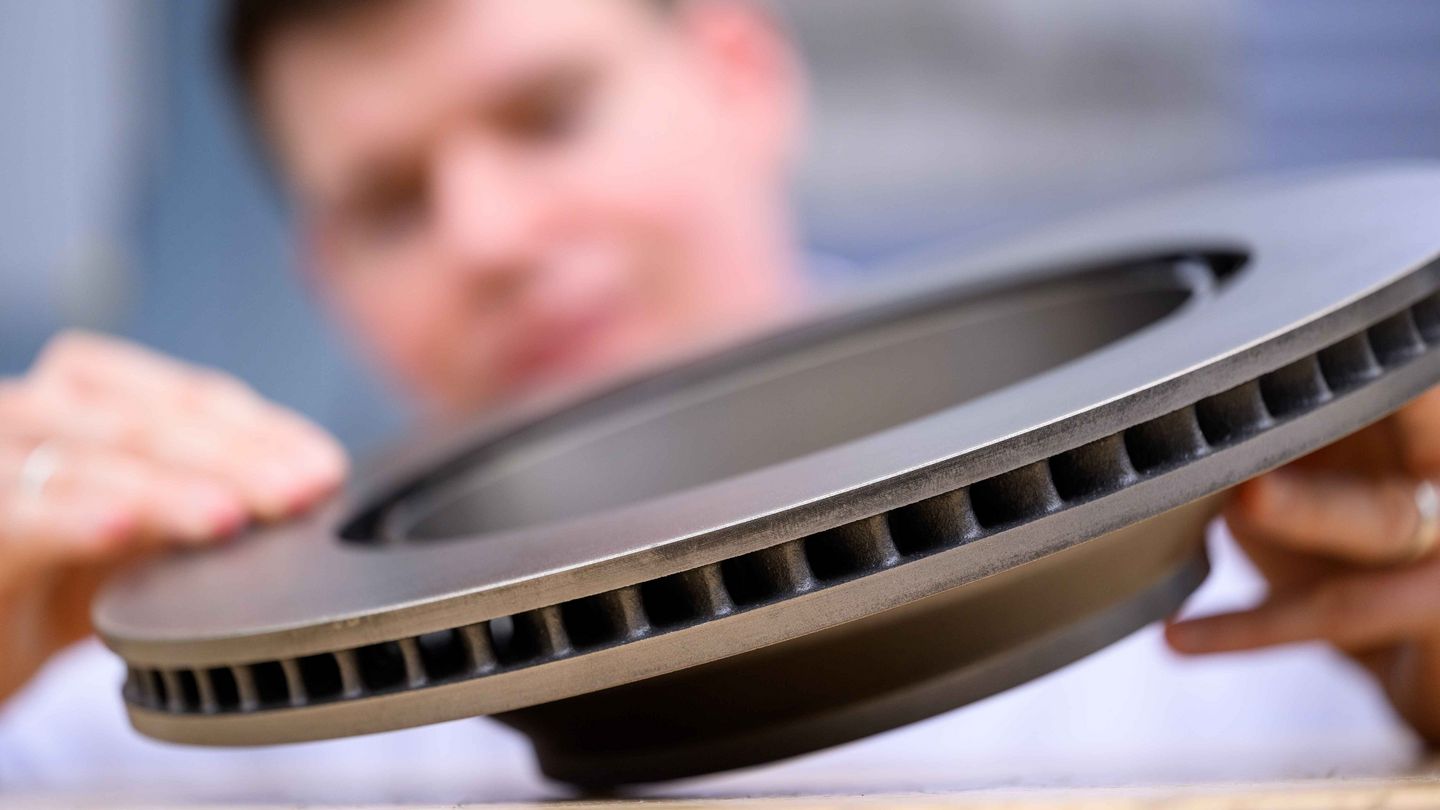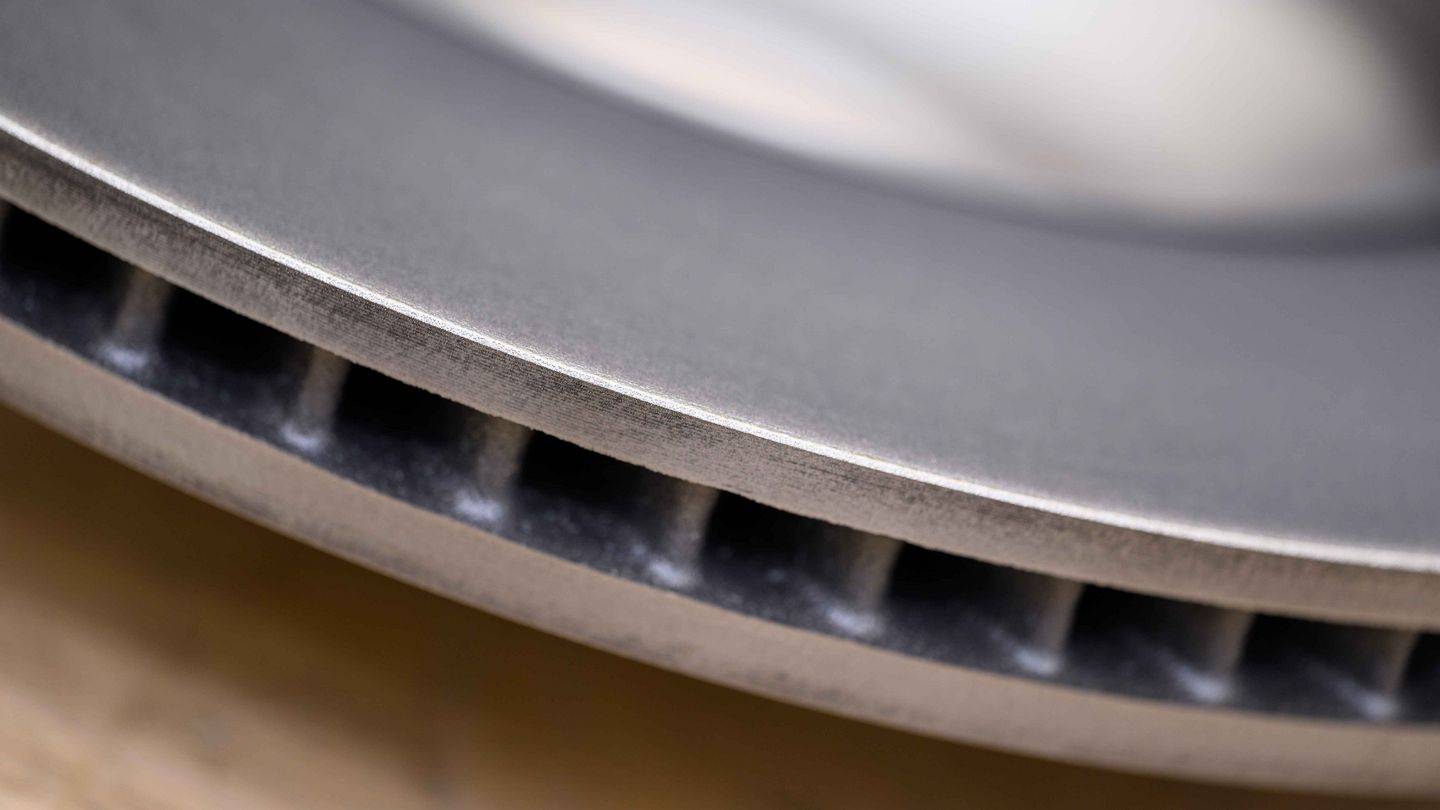High-speed laser metal deposition on brake disks
Even low concentrations of fine dust can be harmful to human health. The fine dust is caused by wear on brakes, tyres, couplings and road surfaces. More than half of fine dust emissions from road traffic can be attributed to the braking process, or more precisely to the wear on brake disks, brake shoes and tyres. High-speed Laser Metal Deposition will be used to coat Euro7-compliant, low-wear brake disks in the future. Brake disks with this coating emit much less fine dust than conventional brake disks. The procedure not only ensures less fine dust, but also reduced wear. The brake disk usually has a two-layer coating. The first layer primarily ensures corrosion protection and is usually made of stainless and nickel-free steel. The second layer consists of a mixture of hard carbides such as titanium carbide or tungsten carbide and a type of steel. Electric vehicles will also benefit from this coating technology in the future, as energy recovery is used for braking, which means that disk brakes are rarely used. As a result, the brake disk can oxidise or even corrode, which causes a drop in braking performance and, in extreme cases, may require early replacement. The high-speed laser metal deposition of brake disks in electric vehicles with oxidation- and corrosion-resistant materials can counteract this risk.
Want to additively manufacture a component using powder?
Contact our LMD experts and find out how great the potential savings are or which advantages you can benefit from with laser metal deposition with powder. Arrange an individual consultation with us.
Facts & figures for an example part
Material: Multilayer recoating system made from ceramics and metal
Part dimensions: Demo parts H 300mm, diameter 120 mm;
Typical brake disk dimensions: approx. diameter 250-450 mm
Surface rate: Up to 1,500 cm²/min; depending on material and layer thickness
Typical layer thicknesses: 100-300 µm



